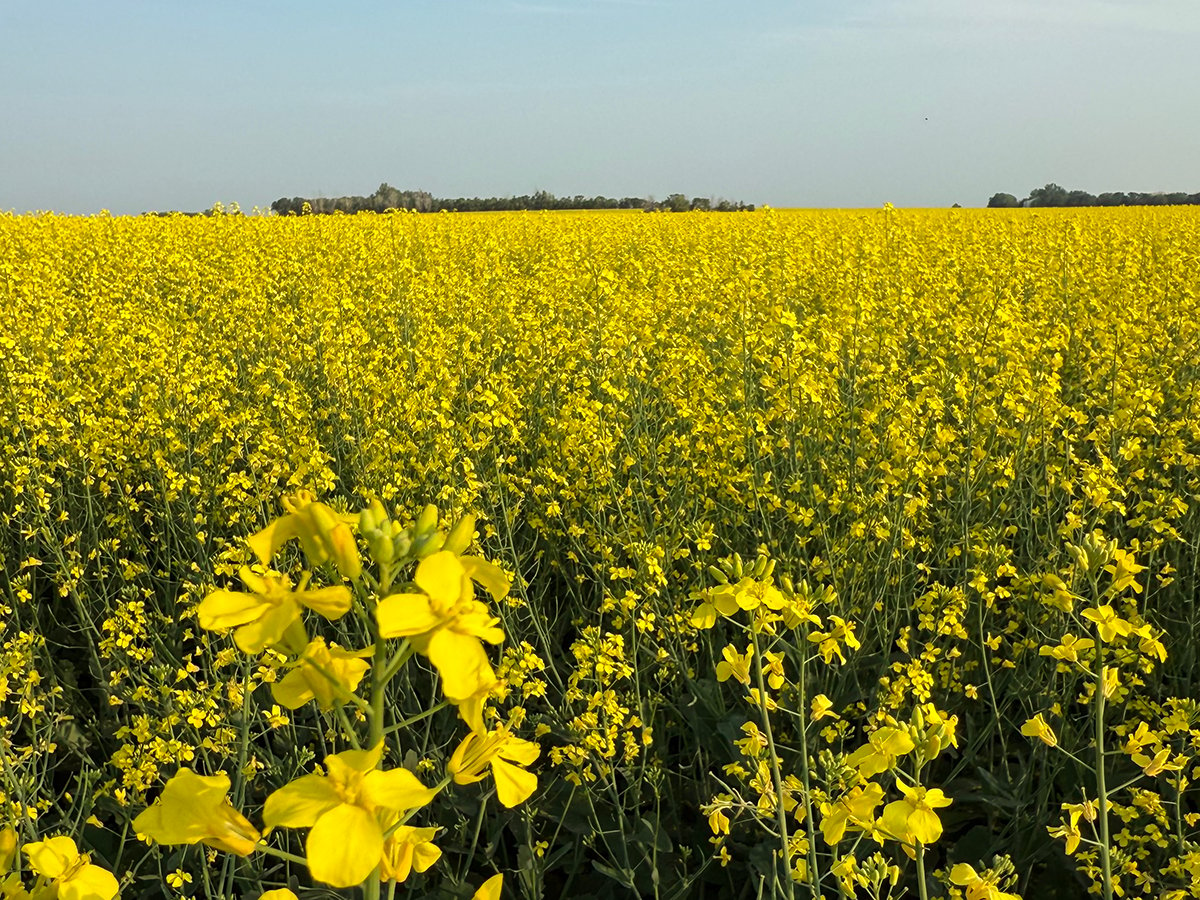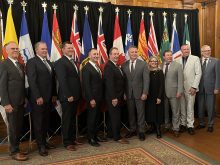Environment Canada senior climatologist David Phillips vividly recalls the terse feedback he received 25 years ago after delivering a presentation to a group of farmers.
“They said, ‘don’t come back until you have accurate and credible and timely seasonal forecasts.’ “
Phillips is almost ready for a return engagement.
While short-term forecasts remain a crapshoot, seasonal forecasts, the ones that tell you whether the upcoming season will be hotter/cooler or drier/wetter than normal, are improving by leaps and bounds.
Environment Canada is already generating those types of forecasts but only with a 55 percent degree of confidence, barely better than a coin toss.
Read Also

Canola support gets mixed response
A series of canola industry support measures announced by the federal government are being met with mixed reviews.
Farmers want that confidence level to rise to 75 percent before they start making management decisions based on such forecasts.
“I think there is clearly evidence to suggest we’re going to be able to deliver on that, probably within the next decade,” said Phillips.
Ted O’Brien, assistant manager of climate monitoring at the National Agroclimate Information Service, said that would be a tremendous development.
Grain handling companies could better gauge grain output to plan handling and transportation needs.
Chemical companies could plan where they wanted to stock product based on drought forecasts.
Producers could use the predictions to choose whether to plant a cool or warm season crop, or one with superior drought tolerance.
“The entire agriculture sector could benefit from accurate seasonal forecasts,” said O’Brien.
Every forecast, no matter if it is for tomorrow or the next year, starts with a solid assessment of the current situation and that’s where there has been a marked improvement of the science.
Forecasters are able to observe the world like never before, using satellites, radar and temperature readings to get a bead on current conditions. Monitoring the oceans has proven particularly useful in creating seasonal forecasts.
“The oceans can’t burp without us knowing about it. We absolutely know what’s happening out there. And how the oceans go, so go the seasons,” said Phillips.
Pacific Ocean temperature anomalies like El Nino and La Nina have such a predictable and dramatic effect on weather patterns in South America that farmers make cropping decisions based on the events.
For example, during El Nino, farmers in Peru shift out of cotton and into rice because they know there will be lots of rain.
There is nowhere near as perfect a correlation between those two events and weather patterns in Canada. The extent of the relationship is that a strong El Nino will cause a milder winter in Canada.
So meteorologists are searching for other oscillations in the North Pacific, North Atlantic and Arctic oceans that might influence Canada’s seasons.
Phillips said seasonal forecasting is only about seven years old in this region of the world, but scientists are already starting to see some interesting patterns emerge.
“That’s why I am so confident that we will be able to have credible and accurate and timely seasonal forecasts 10 years from now like we’ve never had before,” he said.
In addition to increased accuracy, Phillips anticipates climatologists will be able to add additional categories to their forecasts.
For instance, instead of saying the upcoming summer will be drier than normal, they might be able to say it will be much drier than normal.















